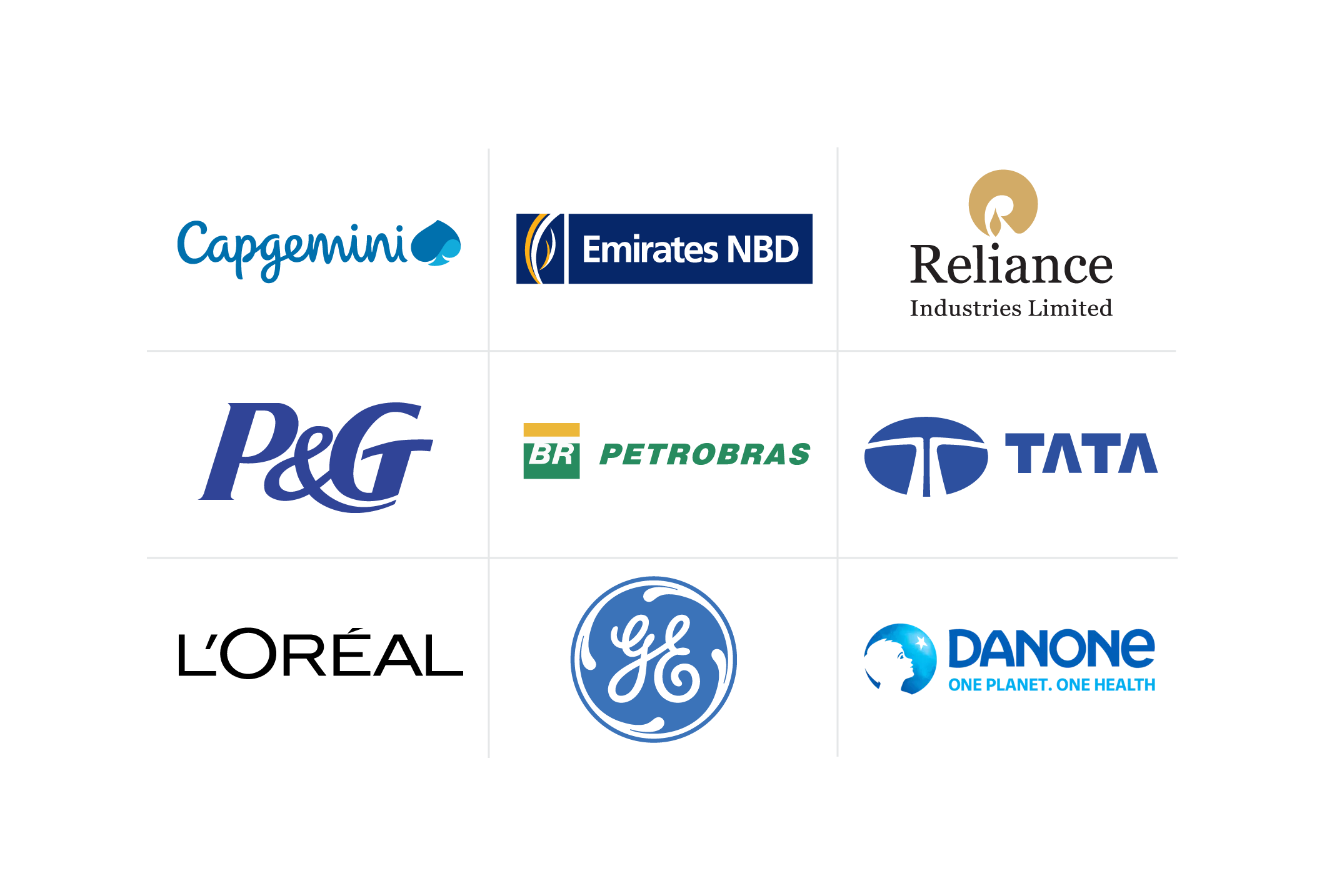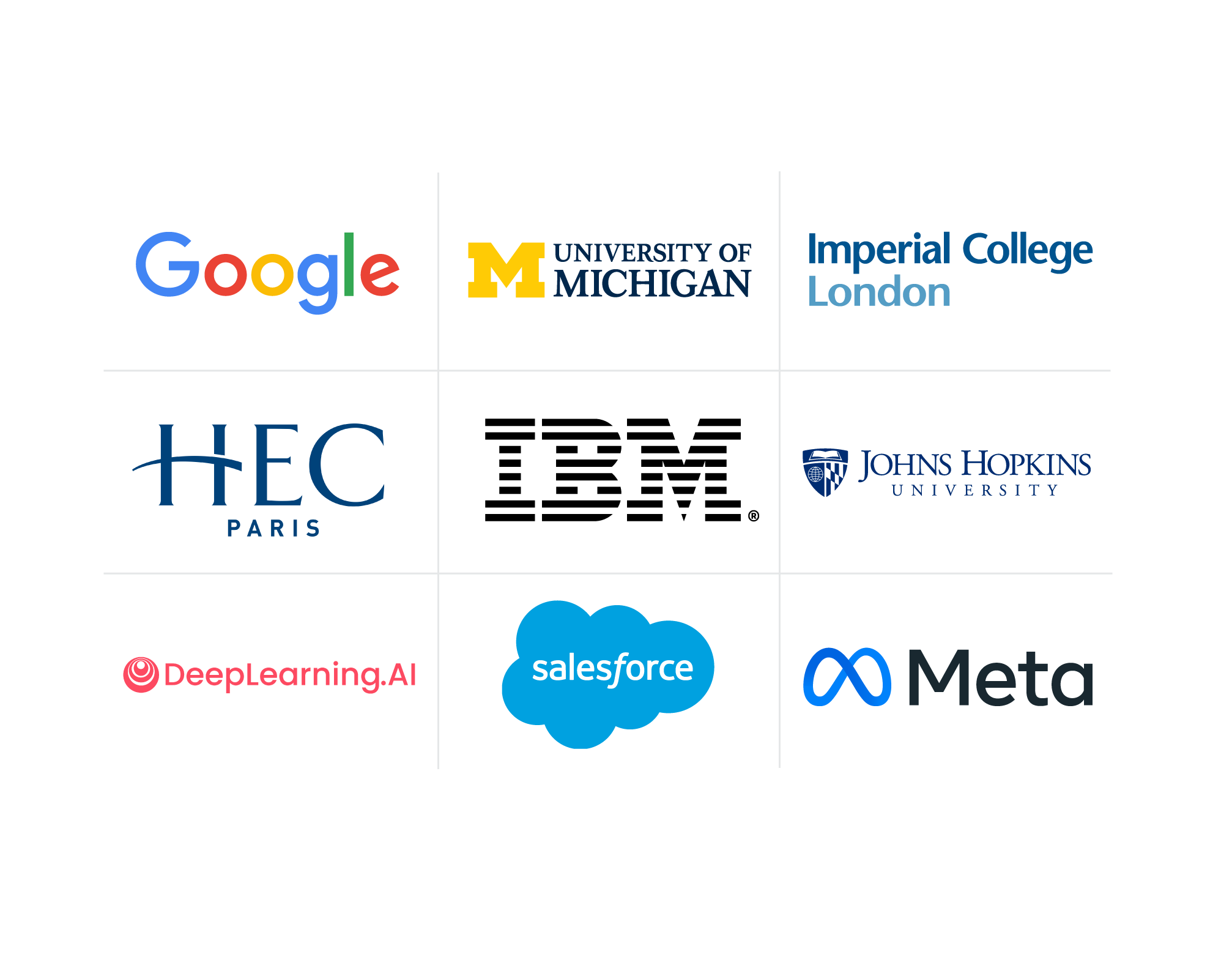Crafting an Effective Learning and Development Plan for Organizational Growth
Learning and development plans offer opportunities for employee growth and organizational advancement. Explore the pros of learning and development plans for employees and how to make an effective L&D strategy.
![[Featured Text]: A group of employees responds positively and applauds during training as part of a corporate learning and development plan.](https://d3njjcbhbojbot.cloudfront.net/api/utilities/v1/imageproxy/https://images.ctfassets.net/2pudprfttvy6/6PpdTuOC7cPZVb9RSpU3m8/344394e0cf098a3c6906d2b11d8ac702/GettyImages-1141462780.jpg?w=1500&h=680&q=60&fit=fill&f=faces&fm=jpg&fl=progressive&auto=format%2Ccompress&dpr=1&w=1000)
Continuous technological advancements require employees to learn and develop new skills to remain relevant as workers in today’s economy. Learning and development leaders may need to revise traditional approaches to training their employees. Rather than relying on static professional development, business leaders are reconsidering how their workers upskill, reskill, and advance their knowledge. This includes proactively designing learning and development programs.
An effective learning and development program for employees helps organizations develop their current talent and attract high-quality employees to new positions.
Understanding the fundamentals of learning and development planning
Understanding the fundamentals of corporate learning and development (L&D) planning is crucial for creating an impactful program. A well-structured L&D program offers a multitude of benefits:
Boost employee engagement. L&D plans increase employee retention and satisfaction by fostering skill development and career advancement.
Fuel organizational growth. An upskilled workforce empowers your company to adapt and thrive.
Optimize costs. Effective L&D keeps you within budget by focusing on targeted training needs.
Support career progression. L&D programs provide employees with the tools and knowledge they need to excel in their roles.
Furthermore, a comprehensive L&D plan presents a unique opportunity to encourage knowledge sharing across the organization. This benefits current employees and attracts new talent—individuals seeking companies that invest in their growth. Making L&D a standard practice will create a more attractive workplace for top performers.
Aligning L&D with organizational goals
Aligning L&D plans with organizational goals ensures you’re spending the time and money on the right classes that offer the most value for your employees. Consider industry-specific skills and other targeted training that address what’s most important for developing your workforce. Creating an outline identifying your organization's learning goals and objectives can make it easier to focus on what matters while keeping the lessons and training aligned with those goals.
Read more: What Are Professional Development Goals? 10 Examples + How to Set Them
Designing a tailored learning and development strategy
Designing a tailored learning and development strategy for your plan involves ensuring that it challenges your employees while supporting them. Finally, you want to incorporate a method for evaluating the success of your program. Following these steps can help to create a robust L&D strategy:
Conducting a needs assessment
The first step in designing this strategy is to conduct a needs assessment of the organization. This process offers insight into any potential skills gap or employee growth opportunities. Consider employee feedback and where there might be opportunities to invest in skills development and progressive training. Consider the organizational goals and what employees need in a training program. You can use surveys, interviews, and even feedback sessions to gather this information, making this process more collaborative.
Setting clear learning objectives
To provide value, learning objectives must be clear, actionable, and transparent in their expected results. A realistic timeline for completing each objective prevents employees from becoming overwhelmed and helps ensure more employees have the opportunity to achieve those objectives successfully. Approaching training in this fashion also allows the team to measure progress while focusing on the company's overall goals.
Choosing appropriate learning modalities
Modern learning involves many modalities, such as in-person training, apprenticeships, and e-learning opportunities. Consider what your employees and your organization need most out of an L&D program, and then choose the learning modalities that most closely match those needs. You can personalize the entire plan by using current technology and software offerings.
Implementing employee-centric learning approaches
Focusing your learning opportunities on your employees offers a wide range of benefits for you and them, such as creating a culture of continuous learning, making sure workers feel valued, and reducing the turnover rate. Some ways to ensure your learning and development strategies are employee-centric include:
Promoting a continuous learning culture
Promoting a continuous-learning culture in your company is a great way to encourage employees to engage with their learning and development plans. It helps foster an environment of curiosity and demonstrates value in both them and their careers. You can utilize several methods to build a learning culture in your organization, such as having a fully realized L&D program with metrics, getting executives excited about the program, and encouraging collaboration.
Employee involvement in personal development plans
Employees who feel involved in their career growth have a stronger sense of connection to their coworkers and find more meaning in their career overall. Employee feedback helps employees feel like their concerns are being heard and ensures that the training provides value.
Assessing and measuring learning outcomes
Clear indicators of success and progress help demonstrate value while keeping your learning and development plans on track with meeting goals and staying within budget.
Implementing effective assessment methods
Effective assessment methods help measure how employees respond to the training and provide the chance to address any concerns or change the plan as needed. Surveys at the end of training sessions are a good way to gauge employee opinion. Consider making the surveys anonymous to elicit a more straightforward response.
Establishing key performance indicators (KPIs)
Including KPIs, or key performance indicators, as part of a learning and development plan provides quantifiable measurements that can help leadership understand the efficacy of the L&D program. It’s essential to consider your business’s unique needs and goals for learning and development, and to create measurements that help you track how employees respond to and progress through your learning and development plans.
Overcoming challenges in L&D planning
By being aware of potential challenges in learning and development planning, you can address them before they become obstacles.
Addressing budget constraints
Learning and development software and courses come in a wide range of prices, so consider your budget and take time to explore different avenues to create a program that maximizes the training you get for the expense. You can formulate your budget on a cost-per-employee basis or build your budget for a more general, company-wide program that fits better with your goals. Consider your needs assessment and if any skills or training opportunities are available that would widely apply to your staff, as well as more specific training, such as college courses, that might be worth offering employee reimbursement.
Navigating resistance to change
Employees might find the idea of training daunting, so it’s key to gain support from management and other leadership to help encourage staff buy-in. A reward or acknowledgment system can help encourage enthusiasm and participation while demonstrating value in the training. More specifically, you might implement formal recognition methods, such as badges or bonuses, or informal ones, such as internal recognition and positive feedback.
Getting started with Coursera
Learning and development plans are key strategies for attracting, retaining, and developing talent. Establishing a productive L&D program at your company can benefit you and your employees while contributing to a more engaging and innovative atmosphere.
Finding the right partner to help you develop your employees’ skills, easily track and monitor results, and gain the most training for your budget is important. With Coursera for Business, you can train teams across your organization in the skills that matter most in today’s digital economy. Your employees will gain access to content from 350+ leading universities and industry partners, where they can build real-world experience with innovative skills, tools, and technologies while earning globally recognized credentials.
Our customizable, scalable learning solutions balance workplace and technical skills training in diverse formats, from video clips to guided projects and Professional Certificates. Accelerate your digital transformation and equip employees to drive growth with Coursera.
This content has been made available for informational purposes only. Learners are advised to conduct additional research to ensure that courses and other credentials pursued meet their personal, professional, and financial goals.


